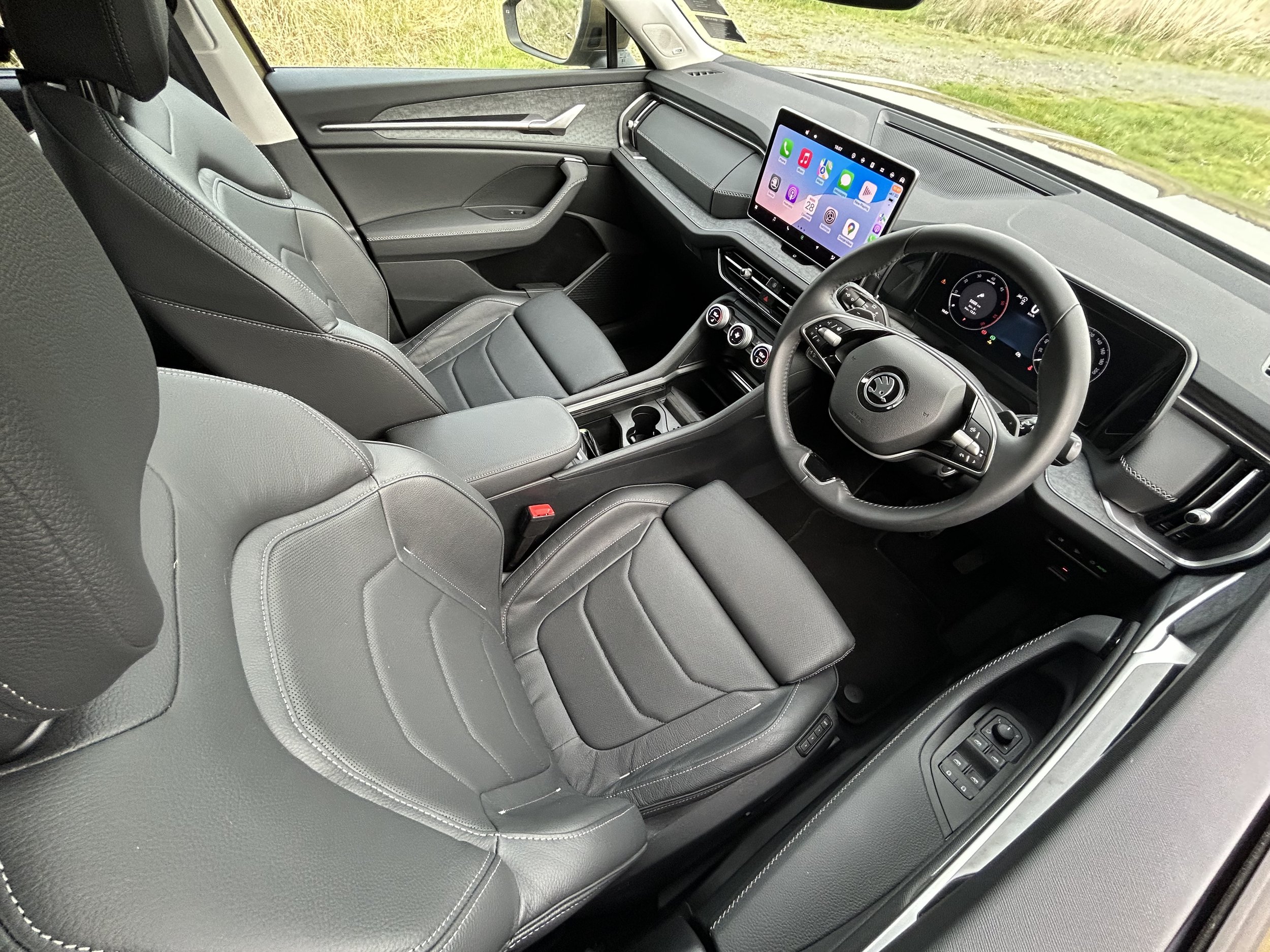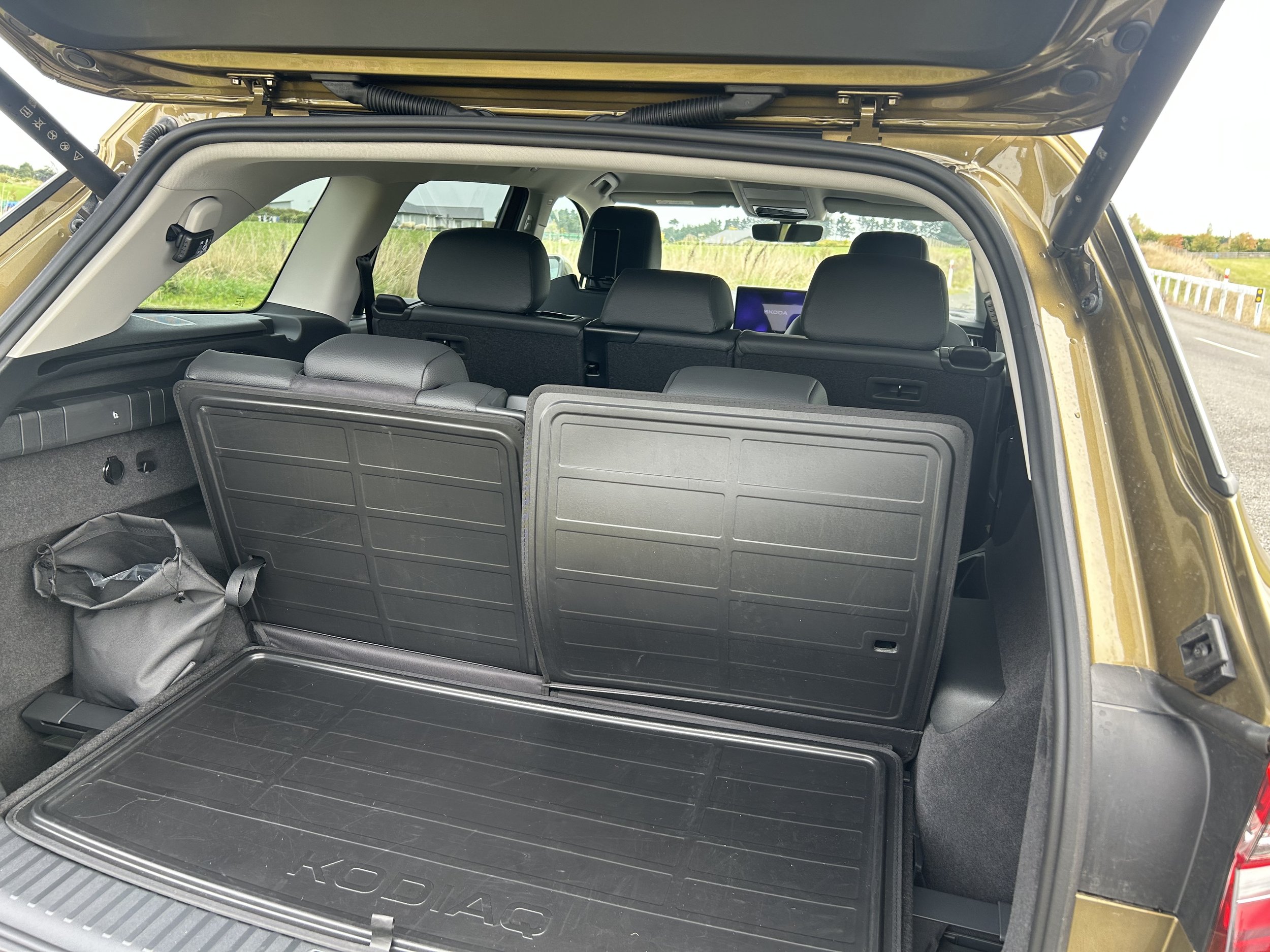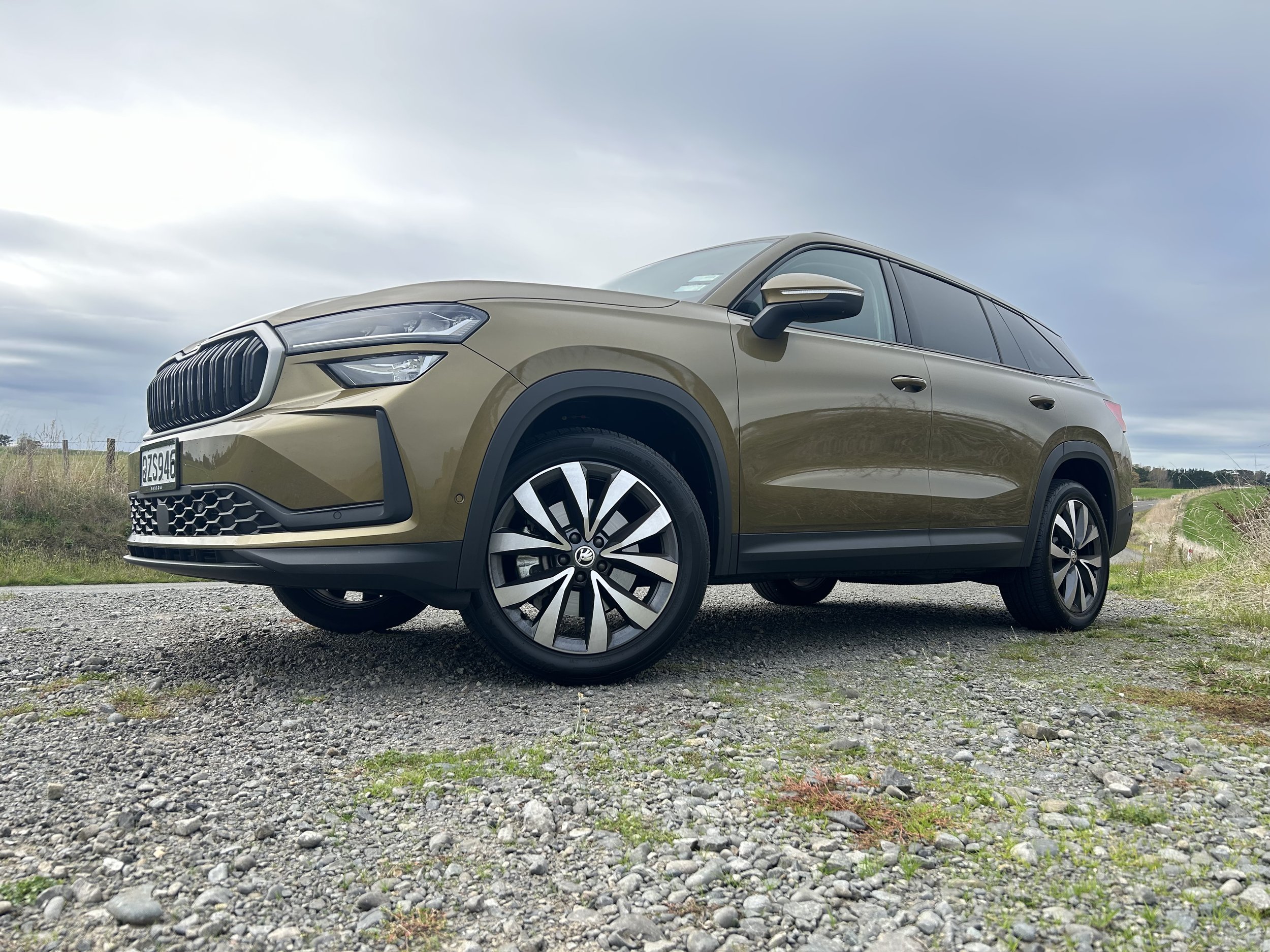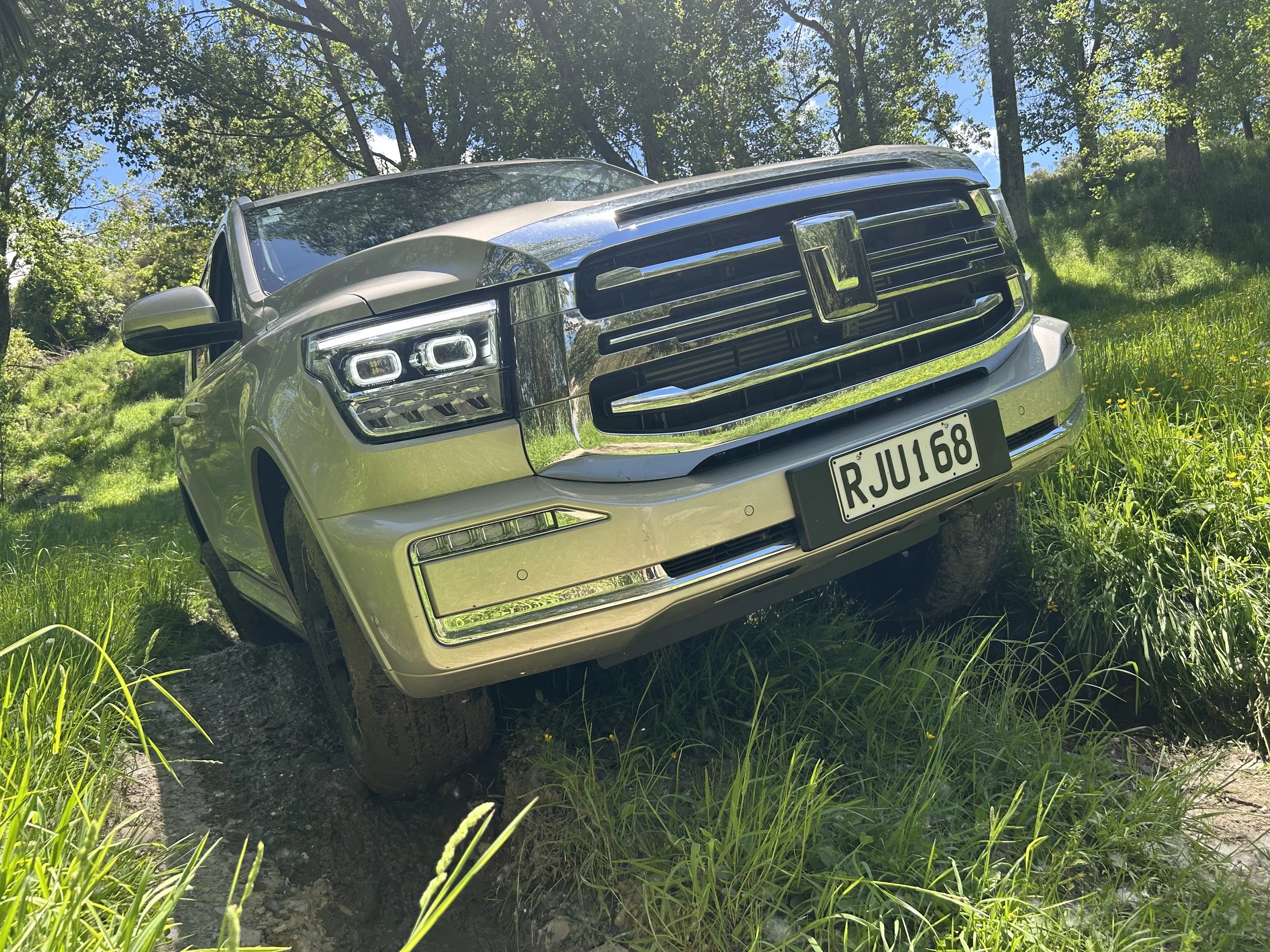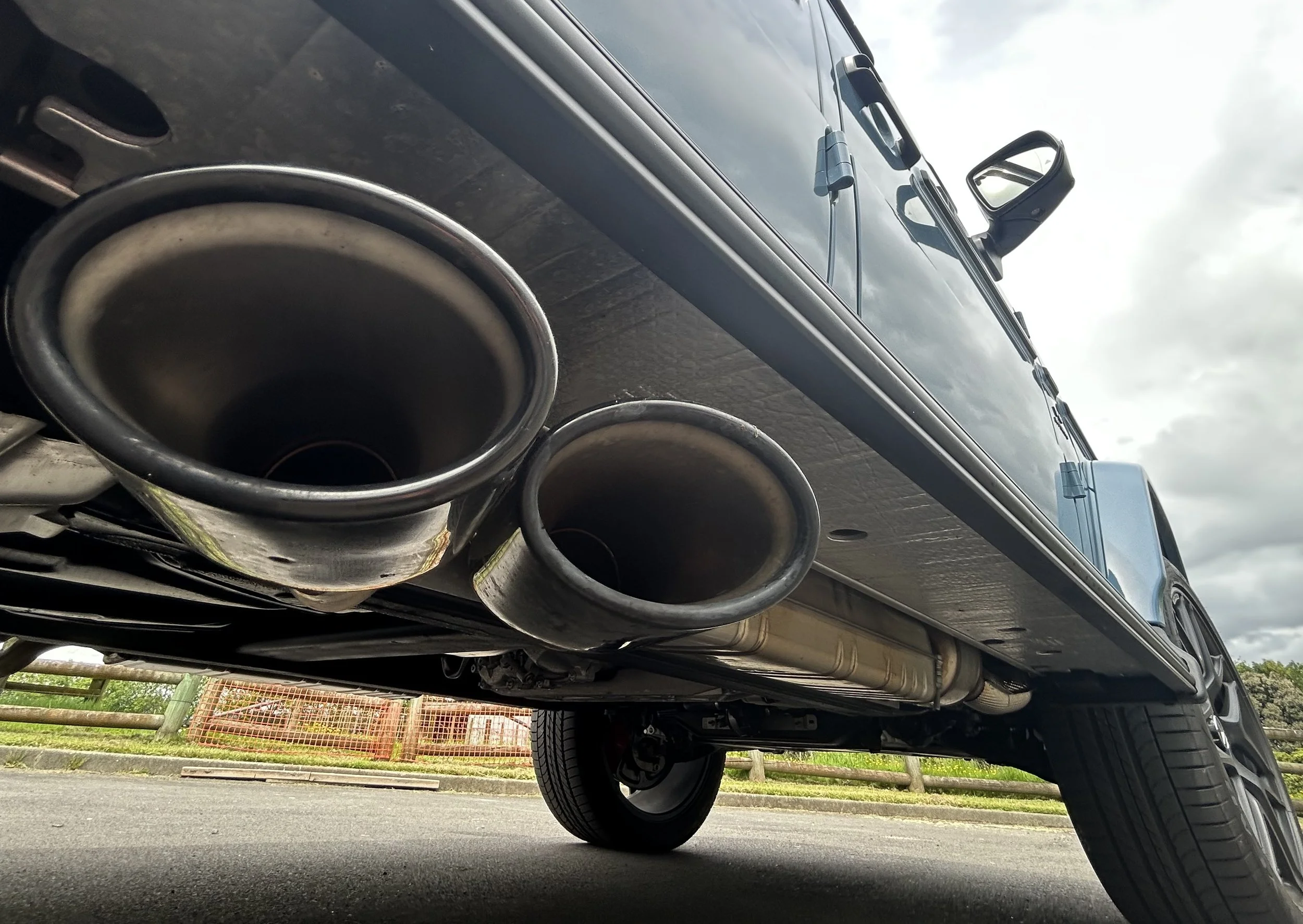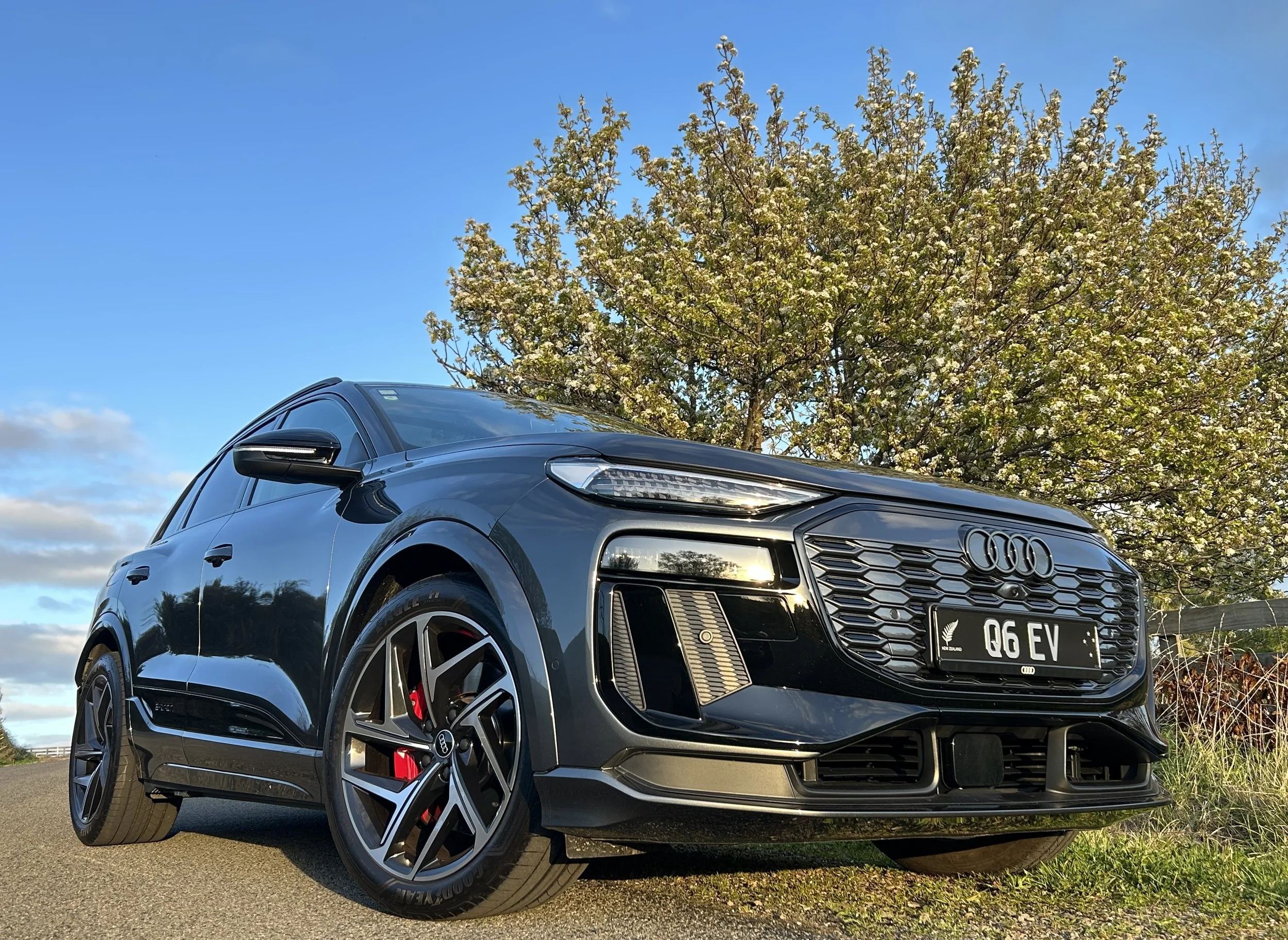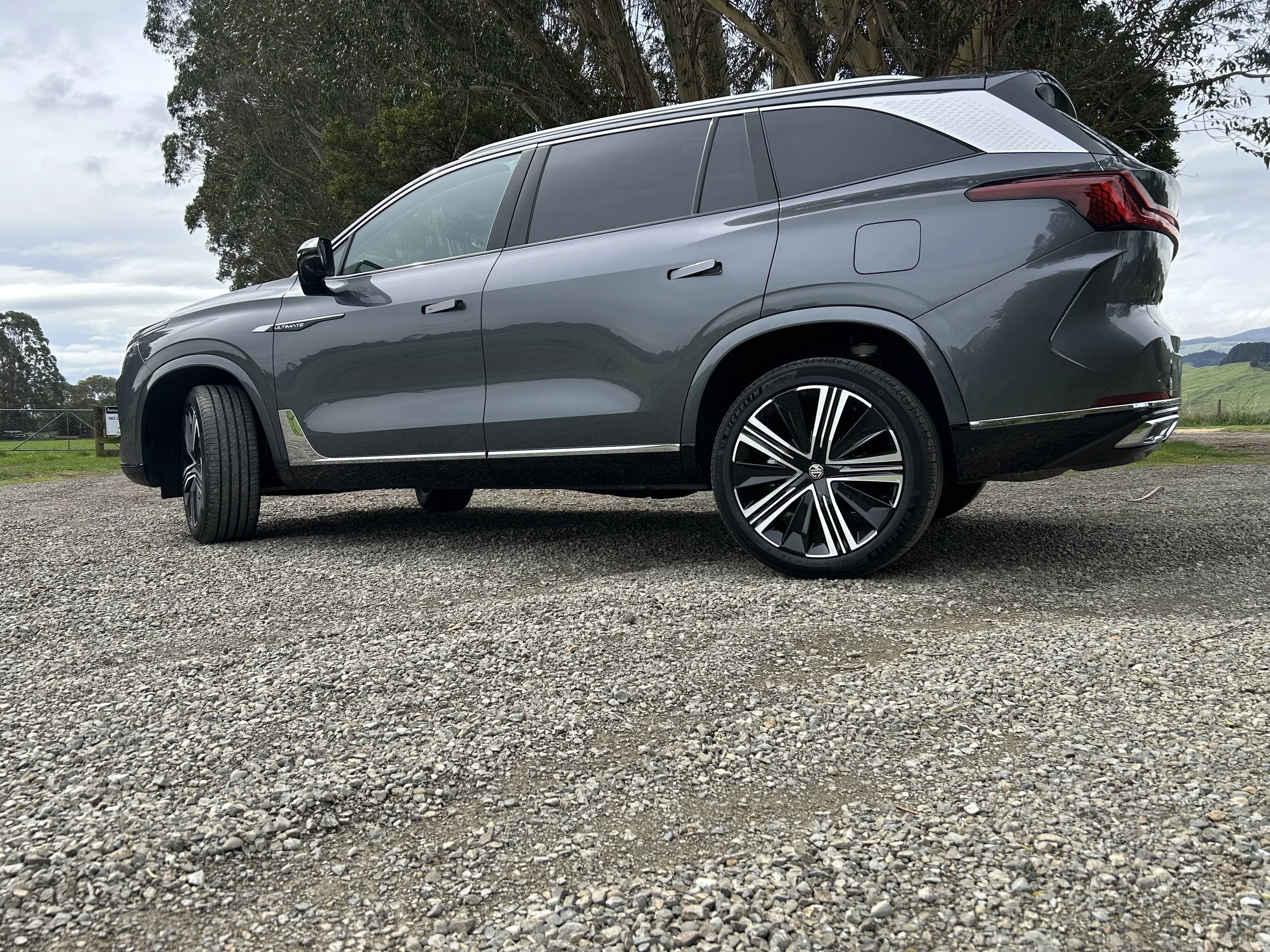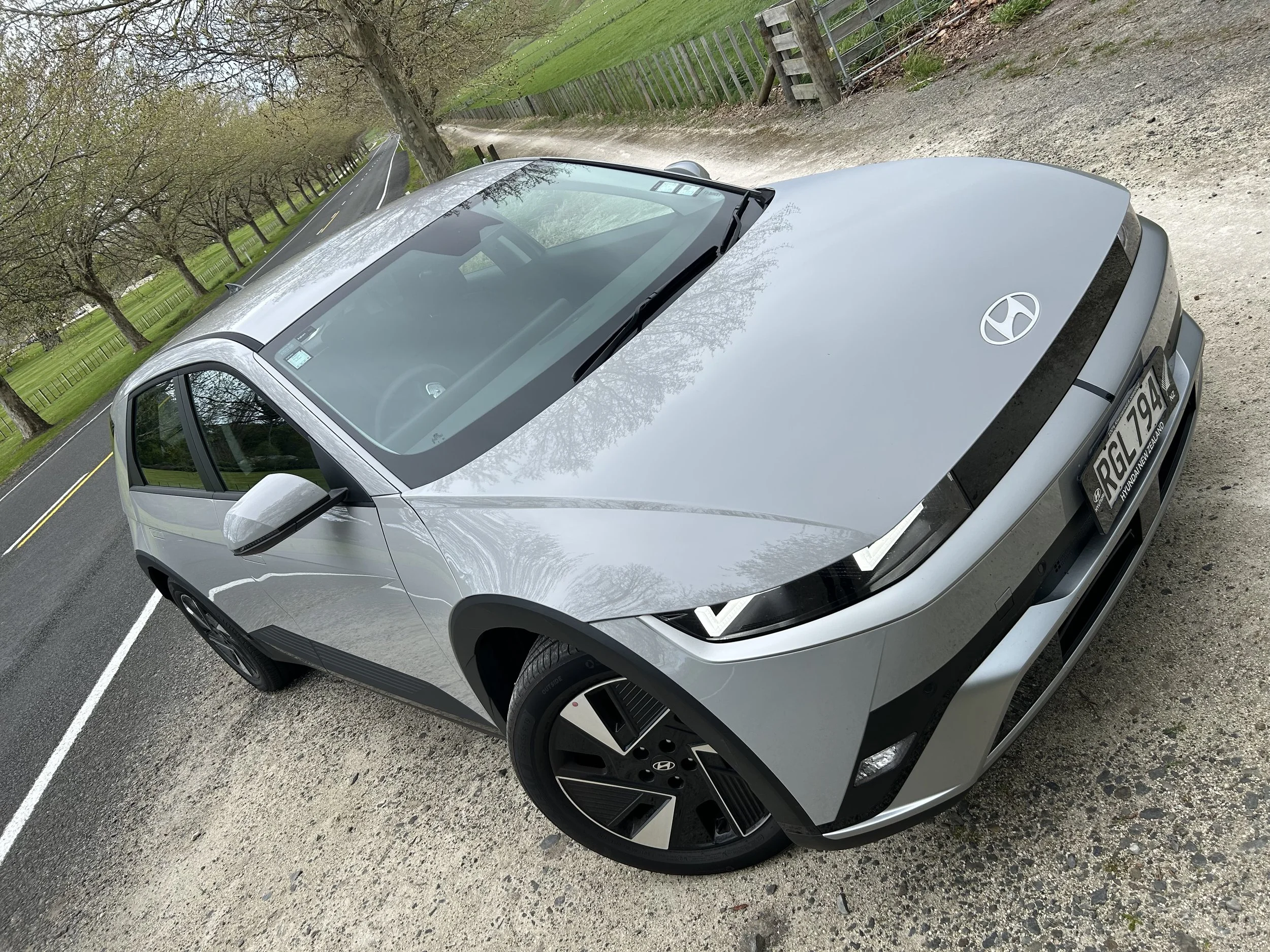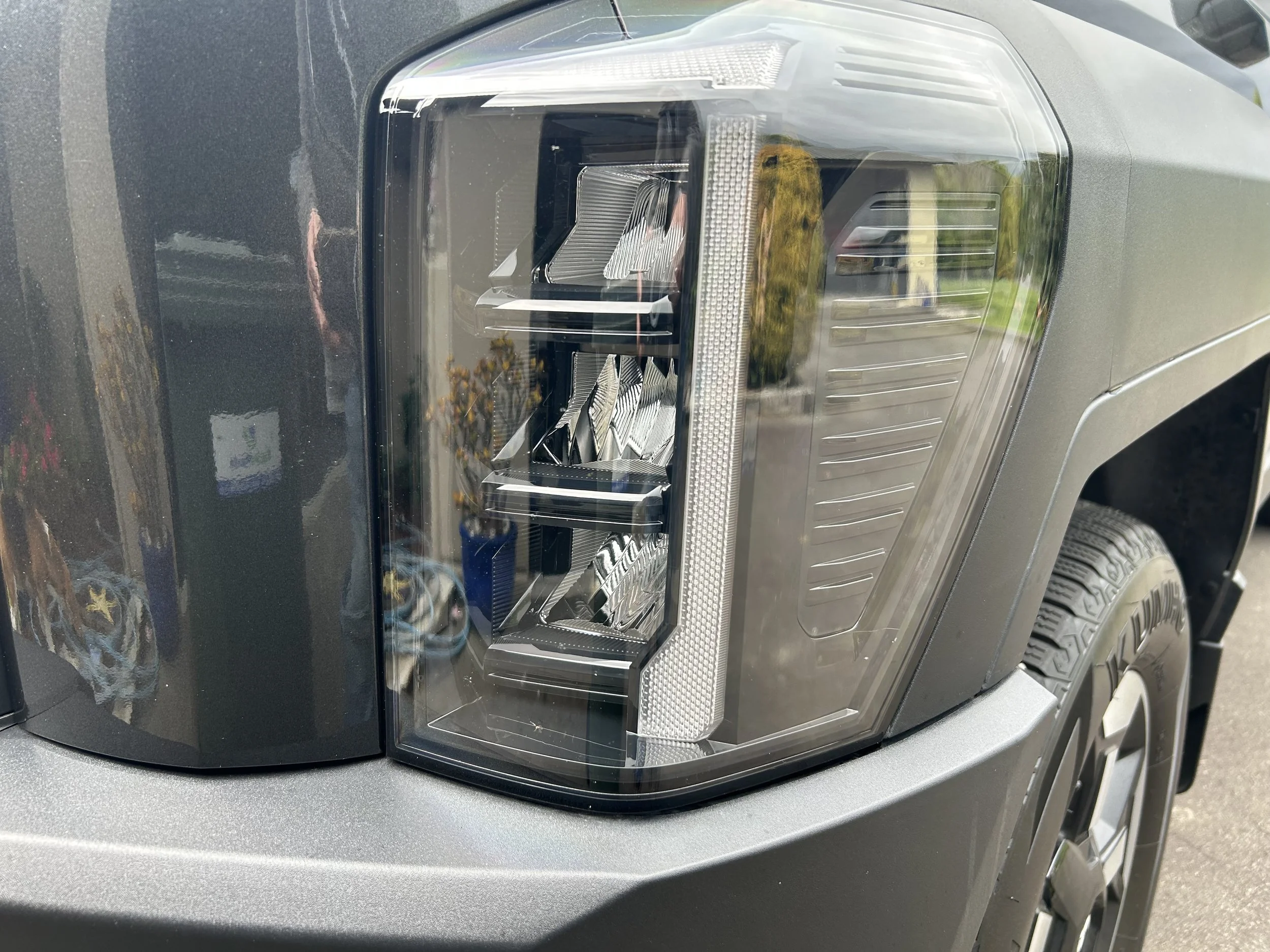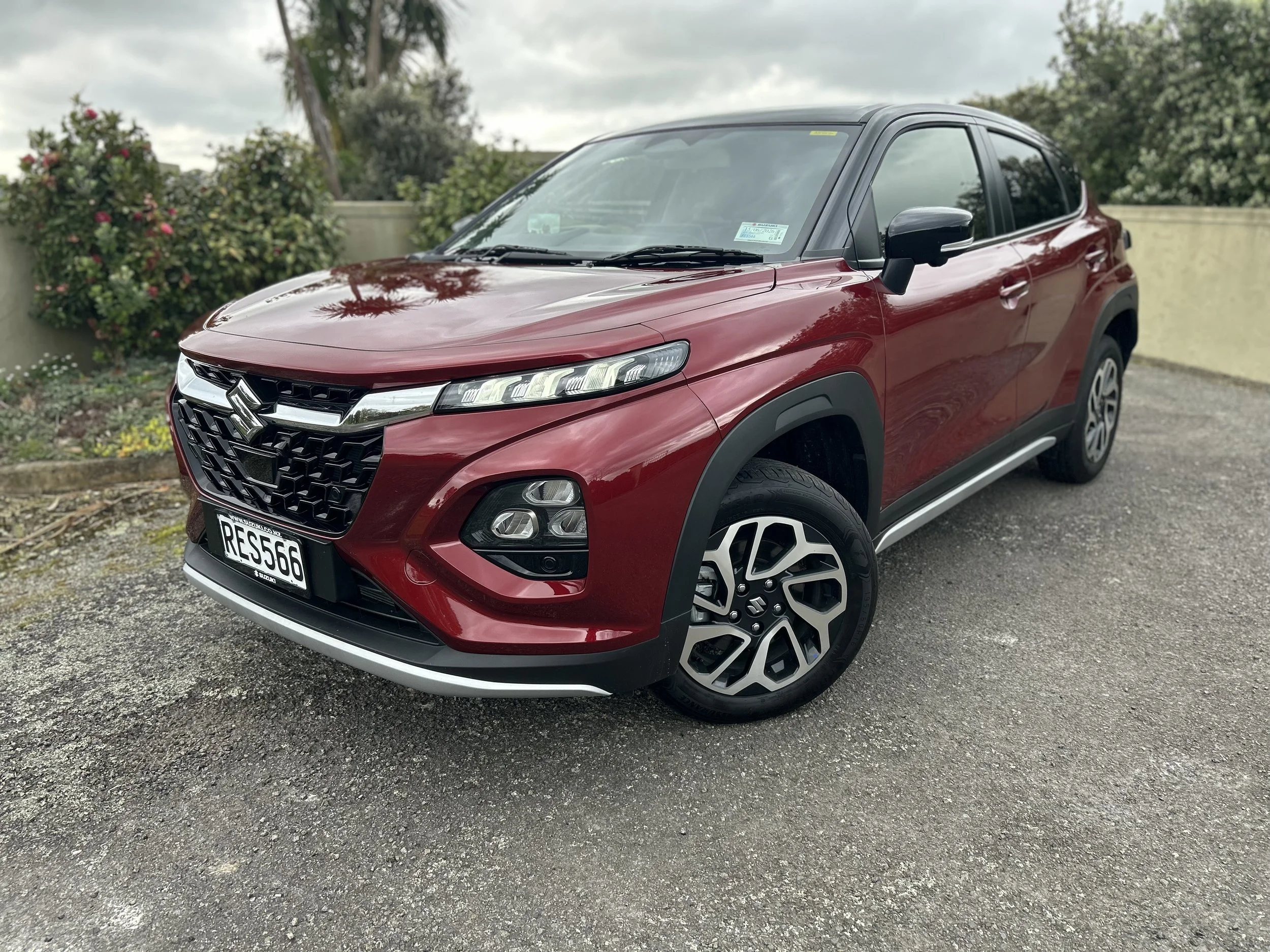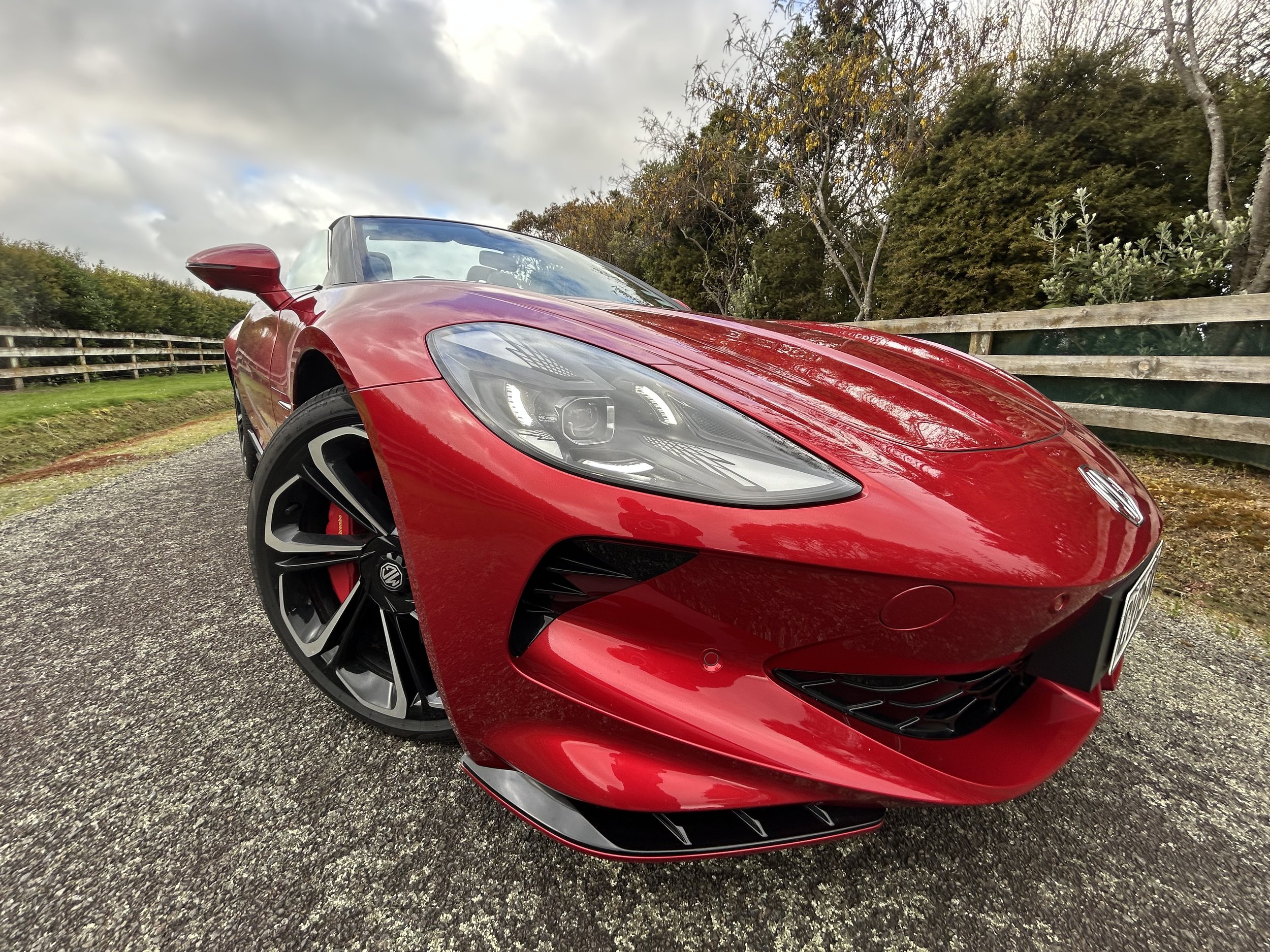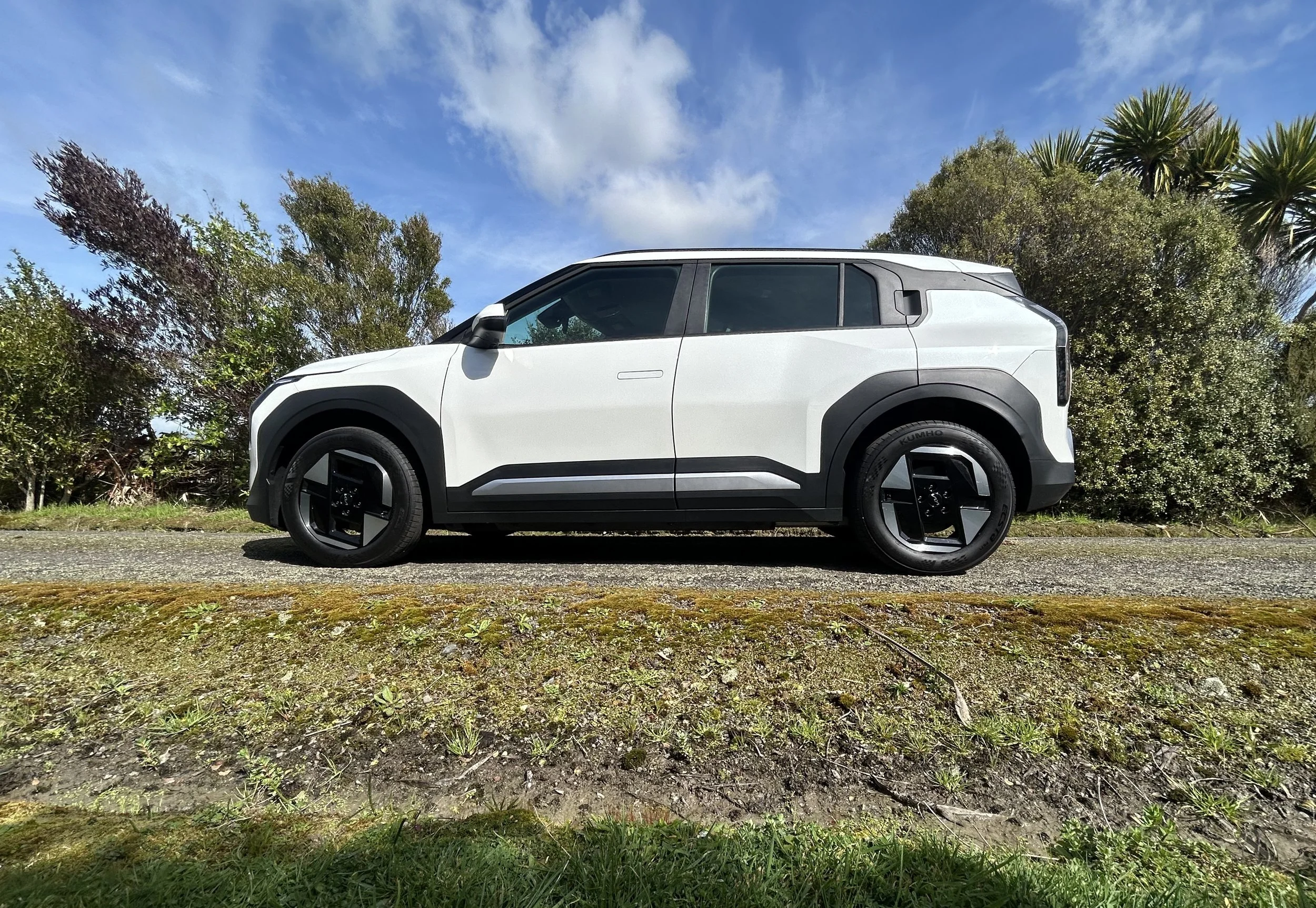Skoda Kodiaq Selection TDi road test review: Same old story - ‘sensible’ is smart
/It’s a new generation that takes care to improve the flavour without ruining the recipe.
Price: $78,300
Powertrain: 1968cc four-cylinder turbocharged diesel 142kW/400Nm. Seven speed direct shift gearbox. All-wheel-drive.
How big: 4758mm long; 2133mm wide; 1679mm high.
We like: Plusher but maintains a sense of unpretentious practicality and toughness; still the ‘everyman’ family wagon.
Not so much: No longer the cheap ‘Euro’ alternate.
THINK of it as a success story for sensible thinking; how the quietest and least flamboyant of all Volkswagen Group brands has risen to the top.
Porsche used to crow about being the bread-winner, but those days are over. The family wild child is finding less favour in key markets, no more so than in China. Audi’s having ups and downs; latest headache, triggered by not building in the United States, is possible ruin by tariff there. VW, all these years on from Dieselgate, is still rebuilding its reputation there; intent to do so with electric has also been Trumped.
So who’s leading the way? The make that goes through life with minimal fuss, yet consistently scores well with consumers for putting out products that are less about being flashy than simply smart. Skoda.
With 2024 being a record year for sales revenues and profits, Skoda is not just the top performer within the VW clan but can also lay claim to have the best the best profit margins on vehicle sales of any Western volume car maker.
In 2024, Skoda’s 926,600 new car sales (a 6.9 percent year-on-year rise) generated $52.8 billion in revenue and an operating profit of $4.3b.
Skoda is now Europe’s fourth-largest car maker, rising three places from 2023. The UK, France, Italy and Spain all had record years for Skoda sales in 2024.
Obviously, this a period of technology change for the Czech brand; transition from internal combustion to electric is under way, but being handled carefully.
The make’s ‘Next Level Efficiency-plus’ programme designed to keep all powertrain options open to customers while still reducing CO2 emissions means that, for the foreseeable future, Skoda will continue to offer parallel ranges of electric cars and combustion-engined models while striving for price parity – even if that means a dent in profit margins.
There won’t be a slowdown in EV rollout - the brand’s boss, Klaus Zellmer - holds that reducing CO2 emissions is a “responsibility” and not just a legislative requirement, but he’s also watchful of consumer sentiment. In regard to that, he will continue to invest in combustion-engined models to keep them in production for longer and meet updated emissions regulations.
That’s a position that has allowed Skoda New Zealand to revert to a sales strategy that, conceivably, could take a car critical to its ambitions back into the black.
Literally. In Europe, the Octavia is Skoda’s top seller. Here station wagons are fringe dwellers, sedans barely even rate, we’re all into sports utility wagons. So it’s the Kodiaq that brings in the biggest volume.
The new generation lands with larger dimensions to better provision a seating plan Kiwi families seek, even if they don’t always use it. There is plenty of evidence that three-row SUVs get more sales when new and command better residuals when sold on. Kodiaq has felt that benefit previously - the old model went purely seven chair midway through its production life - and expectation is that it will keep doing so.
Will it seem controversial to suggest the ace card is the engine? Quite likely, it will.
It’s true that the previous generation Kodiaq editions that resonated best with buyers used a 2.0-litre diesel in various states of tune - right up to a performance type in the first RS.
But diesels aren’t great for emissions and for that reason, Clean Car registration ultimately kiboshed compression ignition as a choice for this model. Three years ago, it went to petrol. Sales were never as good.
New Government, new policies. It’s debatable whether we should have relaxed the reins on target CO2 counts - the world just needs to clean up - but it’s happened all the same.
With that change of climate, Skoda has decided to risk a diesel comeback, even though the familiar engine, though Euro 6 compliant, has very slightly worse (170gm) emissions now that it did previously.
Public perception at purchase level about the consumer no longer having to cop a penalty for it any longer isn’t quite right. One does apply, but because it hits the distributor at time of the car’s arrival, and because Skoda NZ earns CO2 credits from having an electric in circulation (with another coming), the blow is hidden and very much softened.
If diesel doesn’t cut, then Skoda has other choices; a 1.4-litre petrol in front drive and a seven speed is also provisioning, a 2.0-litre petrol RS is about to lands and, potentially, a plug-in hybrid variant providing about 100km EV range is on the horizon.
Still, impression accrued from previous exposure to the compression ignition experience with the old car simply reinforces that it’s the best one to have with the new.
An easy-going, practical car all about emphasising on the 'utility' part of the SUV equation deserves a power plant of commensurate quality and the 2.0-litre dusted off for a second time here has felt no ill-effect from its enforced hibernation.
It’s still a brilliant powerplant; one that mixes eerie smoothness and quietness on a cruise with effortless performance and extremely decent thrift. Probably the engine in this range most likely to achieve its WLTP-3 cited economy of a fraction over six litres per 100km.
While the longer wheelbase - shared with the Superb wagon - makes the second gen Kodiaq a bigger car, and bulkier in appearance, it’s not that heavy by SUV standards, still siting under two tonnes. Given that the latest has additional glass and sheetmetal, plus added content and two more seats, it’s impressive it has gained just 30kg over its predecessor. But no matter.
This engine shrugs off the weight it has to haul. Only when really gunning it do you discover the rev counter needle isn’t permanently constrained to the 1000-2000rpm zone.
Skoda’s dedication to keeping stuff sensible holds context in performance terms; acceleration-wise, it’s far from languid, but immediacy-wise, not enough oomph unloads to make it an outright performance powerhouse.
But the torque talks, additional loadings meted this car - extra people on one day, some hefty ‘must-haves’ (she said) from the local garden centre on a another - made no tangible difference.
The direct shift automatic gearbox is a good partner to this, sending power via the Haldex all-wheel drive system to all four wheels in most circumstances save for cruising when it subtly reverts to two.
There's little or no need to ever manually override the transmission's calibration, making the car satisfying and relaxing to drive, regardless of the conditions.
So far, so familiar. And so it goes for the car proper. That it looks and, to an extent, feels like an all-new model but actually is a new body and interior on top of the same core mechanical package as before is hardly surprising. That it delivers far more as a thoughtful revision than a wholesale reinvention should appeal to old hands with detracting interest from fresh eyes.
However, the level of subtle revision and outright redesign is massive, and in totality Skoda’s largest SUV is, in every respect save cabin width, is on a bigger scale than before.
The styling evolution is clear, but with softer lines lending a sleeker profile. The distinctive silver-coloured roof pillar at the back, is an intriguing enhancement; to me it jarred with the Bronx Gold paintwork, a hero hue that photographs well but potentially is less suited under our harsh sun than in Europe’s softer light. Up front the car achieves a wider, lower grille and slimmer headlights that before. But it’s still obviously a Kodiaq and that’s no bad thing.
For all that it has bulked up visually, the Kodiaq still sits at the smaller end of the large SUV segment. Also, the new model is now 18mm narrower than the outgoing model; up front you sit closer together; in the mid and rear seats larger bodies might become snug. That’s where it stands out from the Kia, Mazda and also the Toyota Highlander and Hyundai Santa Fe.
Still, it offers a generously-shaped cabin in which second row passengers benefit from almost embarrassing degree of legroom, especially with the rail-mounted bench slid to its rearmost position. When third-row access is needed, a reasonable compromise can be achieved using the slider.
It’s a big plus point but we figure the Kia Sorento and Mazda CX-80 are slightly more generous, still. Skoda’s seven seat layout prioritises children for the rearmost zone, but that’s a far from unusual constraint and is still in tune with its family-attracting role.
Interestingly, too, though it has three sets of ISOFIX mounting points - two in the middle row of seats, and one in the front passenger seat, there are none in the folding third row.
Running it as an occasional seven seater, and otherwise with five active chairs, would seem logical. That way you achieve one of the strongest selling points, decent boot space. With every chair set up for occupancy, the boot offers 289 litres’ capacity. With all five seats in play, it’s 794 litres; drop the second row and you get a van-like 2035. And yet it’s still the second-most spacious Skoda here, beaten by the Superb wagon.
The boot comes with a selection of hooks, a 12-volt power socket and ample boot nets. There are little dividing panels that affix to the floor with velcro to stop cargo sliding around.
There’s some useful under-floor storage too, where you’ll find a space saver spare, and a slot into which the retracting luggage blind can go when you want to get all the seats folded down. The seatback split is 60/40 rather than the more flexible 40/20/40.
Skoda’s ‘Simply Clever' implementations no longer reach to a recharging torch, but cars keep an umbrella in the driver’s door, an ice scraper in the fuel flap, a built-in funnel for the window washer tank and the clever pop-out door protectors have returned.
Also new is the tablet holder integrated into the rear armrest, which also forms the cover for the cupholders back there, and a blackboard duster-like cleaning rod to clear the touchscreen of fingerprints, that sites into its own armrest holder. Skoda also fits the Kodiaq with five USB-C sockets - two each for the front and rear, and an extra one in the rear-view mirror housing.
The obvious modernisation is from previous Kodiaq’s angular dashboard being replaced completely; the environment now is dominated by a 13.0-inch touchscreen and a 10.0-inch display; the 'virtual cockpit’ in Skoda-speak that also shares to the Superb. It’s an upmarket working environment, if not one whose talents are fully utilised in this market.
Skoda uses its latest software to run the screen, and there are some distinct improvements over what went before, not least in the menu structure and on-screen layout. The native navigation system works well, but smartest aspect, an ability to involve connected online services, won’t operate here for now.
Having now used them a bit across several models, I’ve decided the delivery of three little physical rotary dials on the dashboard, referred to as ‘Smart Dials’ by Skoda, is a design masterstroke. The dials could do with a tighter feel, but the concept is effective.
These control the cabin temperature and the stereo volume or, at a press of the little screens built into the centre of the controls, the fan speed or the seat heating. The photos here lend insight as to what’s going on. It’s different and new yet takes little time to adjust too; you can only imagine how much operational strain is taken off the touchscreen.
With the gear selector now a swivel wand behind the steering column, the big drawback of the old model - in putting the cupholders right behind the gear selector, you couldn’t locate any kind of personal drink bottle there - is resolved. Also, now the entire landscape below the centre screen transforms in a huge stowage opportunity. The centre console holds those ‘not-one-but-TWO’ adjustable cupholders, but it’s also a a double-deck space, home not just to the phone chargers but a useful shelf. There’s a sliding cover for the centre console too, so you can cover up any valuables. Under the front-seat armrest, there’s a large storage box, and there are two glove boxes - one upper and one lower.
Kodiaq having moved up in price perhaps reflects that it also incorporates more features. A hill-hold system, adaptive cruise control, keyless entry and ignition, three-zone climate control, front and rear parking sensors, a reversing camera, electric tailgate, ambient cabin lighting, heated and cooled front seats, electric driver seat adjustment and alloy wheels are standard.
Skoda’s tended to be an early adopter for inserting all the safety gear you’d expect of a modern family car. This one bulks up with additional aides, the provision now spanning traffic sign recognition, blind-spot monitoring with rear cross-traffic alert, and autonomous emergency braking capable of detecting vehicles, pedestrians and cyclists.
Sometimes driver monitoring can be an overly-intrusive nightmare, but Skoda’s system is tuned to VW Group standard, which means a more refined tuning than many rivals. In short, it’s extremely perceptive to what’s going on, yet isn’t going to drive you around the bend with bings and bongs every second minute.
That aspect, and the fact that it has a really decent driving feel, accentuates impression it’ll be a car you would enjoy driving all day, every day, for as many kilometres as any trip demanded, in pretty much whatever condition is being experienced.
Regardless that Skoda relates that this generation employs a tauter Evo iteration of the MQB chassis - with revised welds having increased torsional rigidity - you sense that side of things is more dedicated to improving crash safety than enhancing at the wheel engagement.
The MacPherson strut-type front and multi-link rear is a promising layout for positive driving, and geometry sees modest revision. The diesel exempts VW Group’s adaptive damper set up, under the Direct Chassis Control label; that’s purely for the RS.
As is, it seems Skoda is looking to deliver a formula that works for fun without ignoring family-tuned functionality. The car feels prioritised slightly more toward softness and comfort, that’s for sure.
There are no issues with the feel, but it’s going to be interesting to judge how much firmer the RS will be. As is, there’s no detriment to how it delivers; the steering, brake feel, body’s demeanour in cornering are all no less than decent; the same goes fro the driving position, which delivers the same well-shaped seat I admired in the Superb, just set a little higher to meet that ‘command position’ expectation that comes with SUVs.
At same token, it’s another Skoda in which you will be happy enough to cruise along in, rather than push hard. But then, who buys a seven seat SUV with expectation of being a pole-setter in the traffic light Grand Prix?
This spec is all about delivering a soothing, relaxing experience. Showboating is not in the remit. Try too hard and, though the traction remains decent, occupants will have to put up with lean and pitch. Play it more sensibly and it works very well as a pliant SUV from which performance, notwithstanding the decent 0-100kmh time of eight seconds and 213kmh top speed, is never overwhelming. Also, when you’re in the engine’s sweet zone, the economy settles down really nicely.
Quibbles? The car is hard to fault. But so it goes with Kodiaq; this is a car that all through its history has almost constantly resisted any harsh criticism.
You’ll question, perhaps, how much of an off-road SUV it will be. As always, I’d be thinking ‘light duty’; good for gravel, less competent for anything less well-formed. It’s no Subaru Outback.
The issue for some might be the price creep. Skoda is hardly alone in being affected by this. What’s now being called the Selection used to be the Sportline; you’ll see the last of those was just a few thousand dollars cheaper. But look back further into history and you might note that the car on test now is almost as expensive as the old petrol RS flagship once was.
That’s not to say Skoda’s key talent - to produce better kinds of value-based Volkswagens - has been diluted. The parent’s product is in the same boat. But it means you need to consider the value aspect carefully.
As much as Road User Charges are faff, even at a time when we all need to be consider environmental impacts carefully, the diesel still operates on the right side of the ledger.



